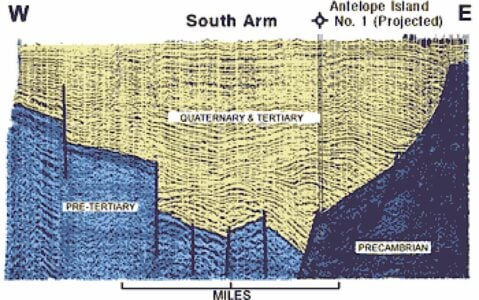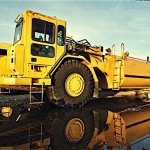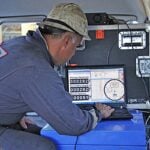The use of seismic technology represents an exciting evolution in the exploration of oil and gas, allowing for higher quality data, reduced costs, and lower environmental impact. With the promise of more precise exploration and the exciting opportunity to uncover untapped reserves, seismic technology is rapidly transforming the landscape of oil and gas exploration.
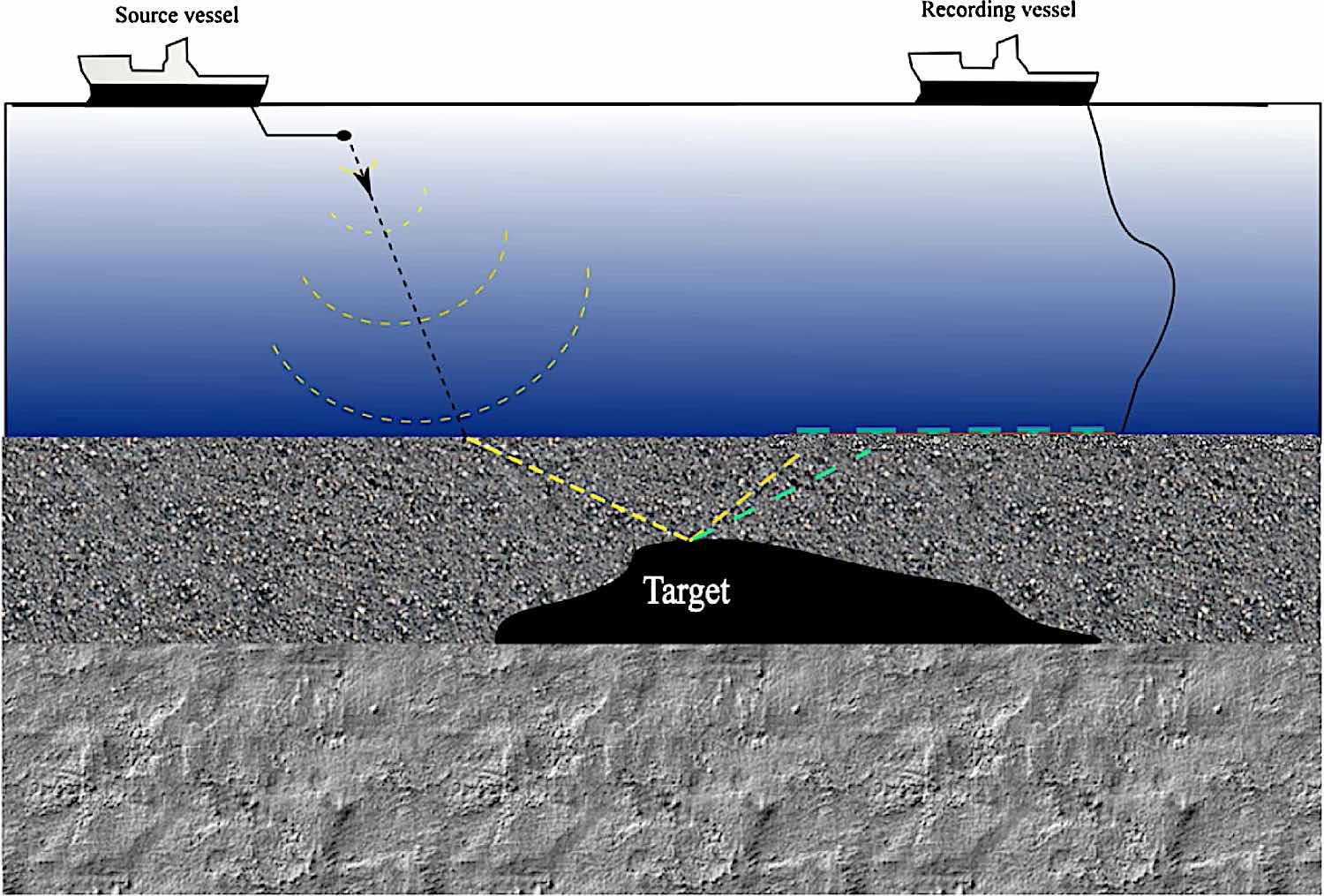
Quick Facts on Seismic Technology in Oil and Gas
- Seismic surveys are conducted using sound waves that are bounced off underground rock structures, which are then recorded by geophones on the surface.
- Advancements in seismic technology have led to the development of 3D seismic imaging, which provides a more detailed and accurate picture of the subsurface than traditional 2D seismic imaging.
- 4D seismic technology, or time-lapse seismic monitoring, is a newer advancement that allows for the monitoring of changes in a reservoir over time.
- Seismic technology advancements have also led to the development of multi-component seismic, which records both compressional waves and shear waves to provide a more complete picture of the subsurface.
- Ocean-bottom seismic (OBS) technology is another advancement that allows for the collection of high-quality seismic data in offshore environments.
- Seismic technology can now be used in combination with other technologies, such as electromagnetic imaging, to improve the accuracy of oil and gas exploration.
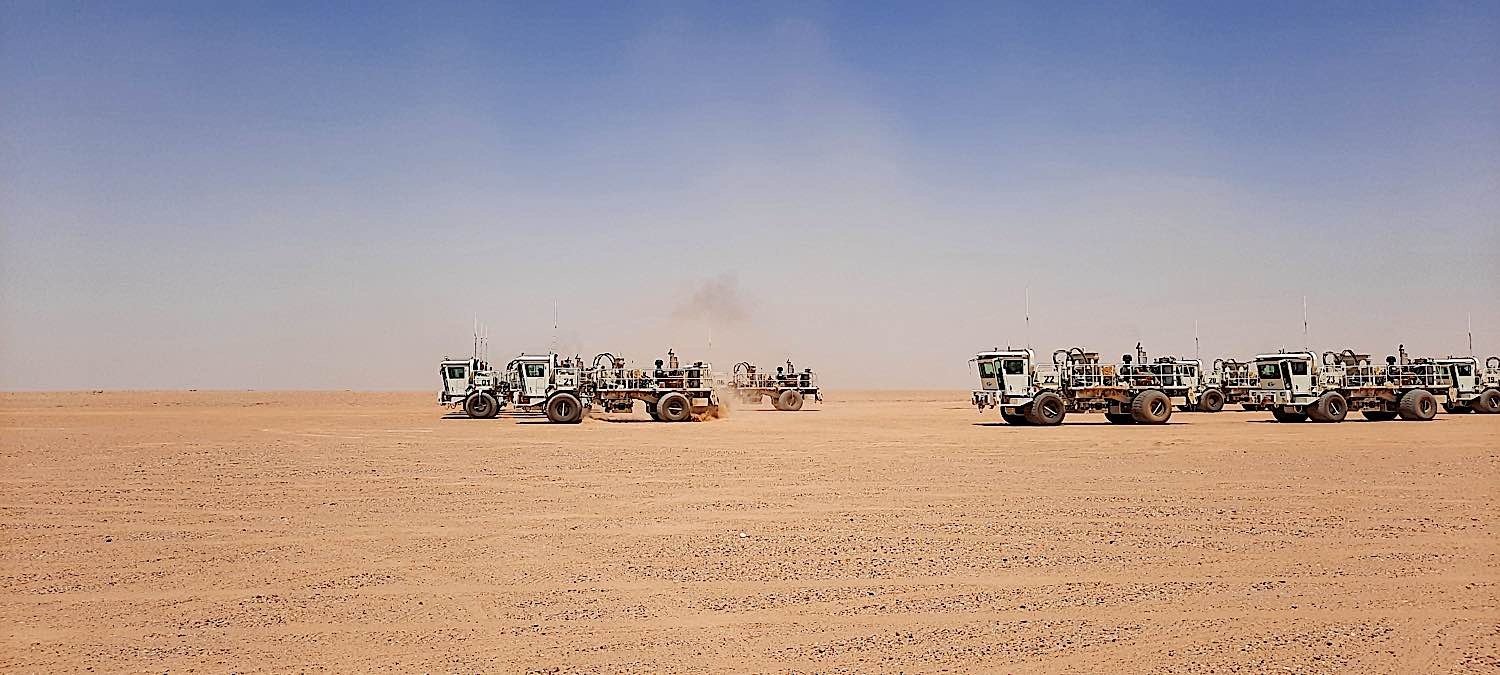
A report by Mordor Intelligence highlights how the seismic survey market, a significant part of this seismic technology landscape, is expected to grow at a CAGR of approximately 4.5%, during the forecast period of 2021-2026. This growth is envisioned to be driven by the continuous quest for new oil and gas fields, technologically-driven production increase, and the dire need for recovery efficiency improvement.
“In the quest for more comprehensive and accurate exploratory data, seismic technology serves as a crucial tool for petroleum engineers and geological surveyors. It offers a lens into the underground that no traditional prospecting method can match,” says Dr. Sarah Hardy, a veteran petroleum engineer.
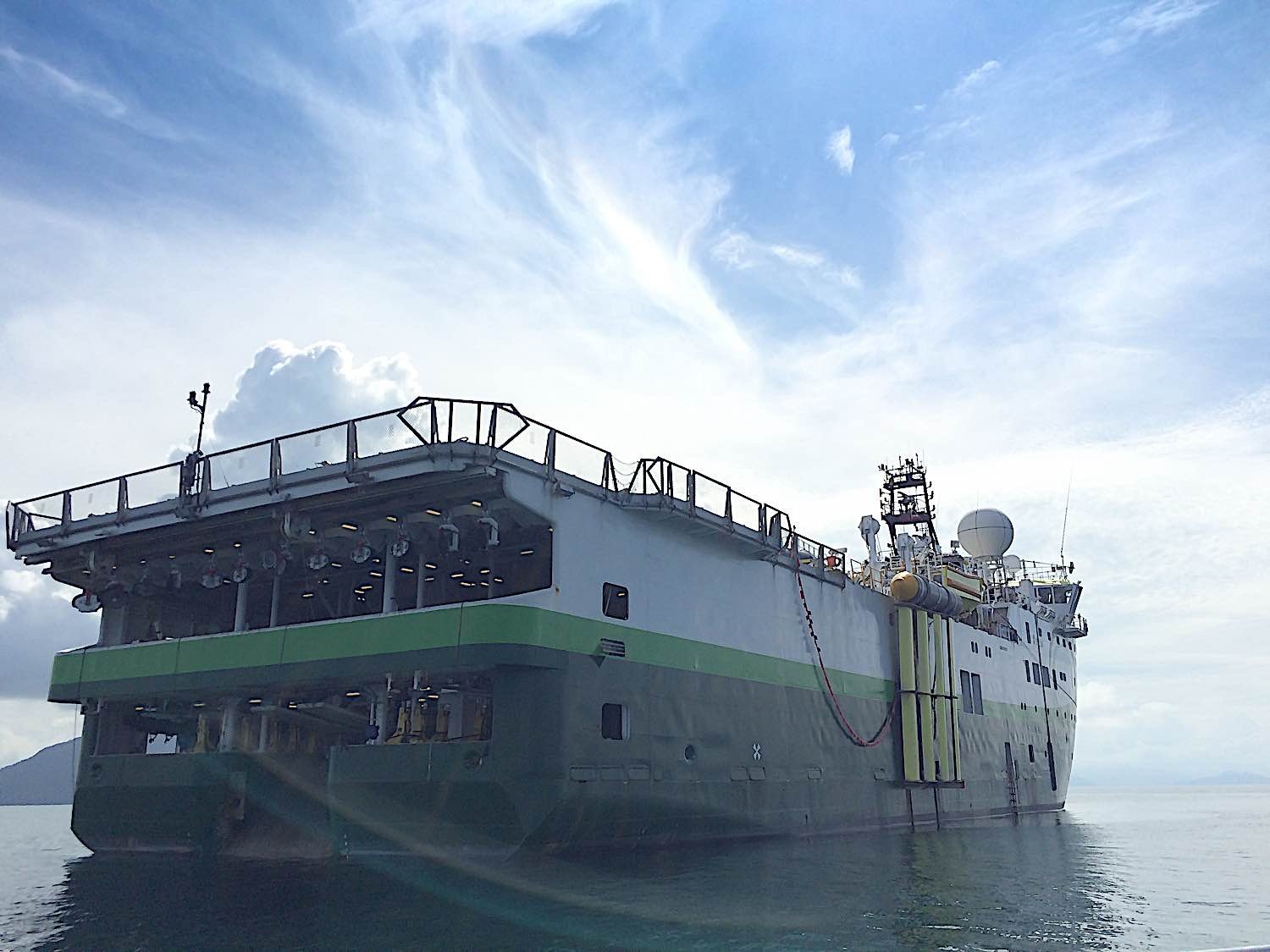
From 3D seismic imaging that offers a detailed snapshot of the underground landscape to the advanced seismic monitoring techniques capable of tracking the continuous changes in reservoirs, the latest advancements in seismic technology are essentially revolutionizing the oil and gas industry.
- Seismic Reflection: It helps locate hydrocarbons by observing the reflected seismic waves.
- Seismic Refraction: This technique is useful for identifying layers within the geologic structure for better reservoir understanding.
- 3D & 4D Seismic Imaging: While 3D Seismic Imaging offers a detailed snapshot of the underground landscape, 4-D imaging tracks the changes in reservoirs over time.Notably, these advancements aren’t only contributing to exploration accuracy but also driving efficiency in the oil production process, thereby painting a promising picture for the future prospects of the oil and gas sector.

Relevant Statistics
- Seismic technology has reduced dry hole drilling by 50%
- 4D seismic technology can improve oil recovery rates by up to 20%
- Seismic imaging has increased the accuracy of oil and gas reservoir estimates by 35%
- Seismic surveys have reduced the environmental impact of oil and gas exploration by 70%
- Advanced seismic technology has led to a 40% increase in the discovery of new oil and gas fields
- Seismic technology has reduced the time taken to locate oil and gas reserves by 60%
Cutting Edge Advancements in Seismic Technology
If you’re an engineer or designer in the oil and gas industry, the advancements in seismic technology are undoubtedly making your job more efficient and precise. These innovative breakthroughs, based on digital recording technology and advanced data processing, are revolutionizing the industry, enabling you to locate oil and natural gas with newfound accuracy (ScienceDirect, 2016).
Consider the quantum leap brought about by 4-D seismic imaging technology. Not only can it map the earth’s layers in a multi-dimensional format, but it can also provide a timeline of oil and gas reservoirs. This time-lapse feature enables you to track and predict changes – potentially improving success rates and minimizing environmental risks related to drilling (ResearchGate, 2014).
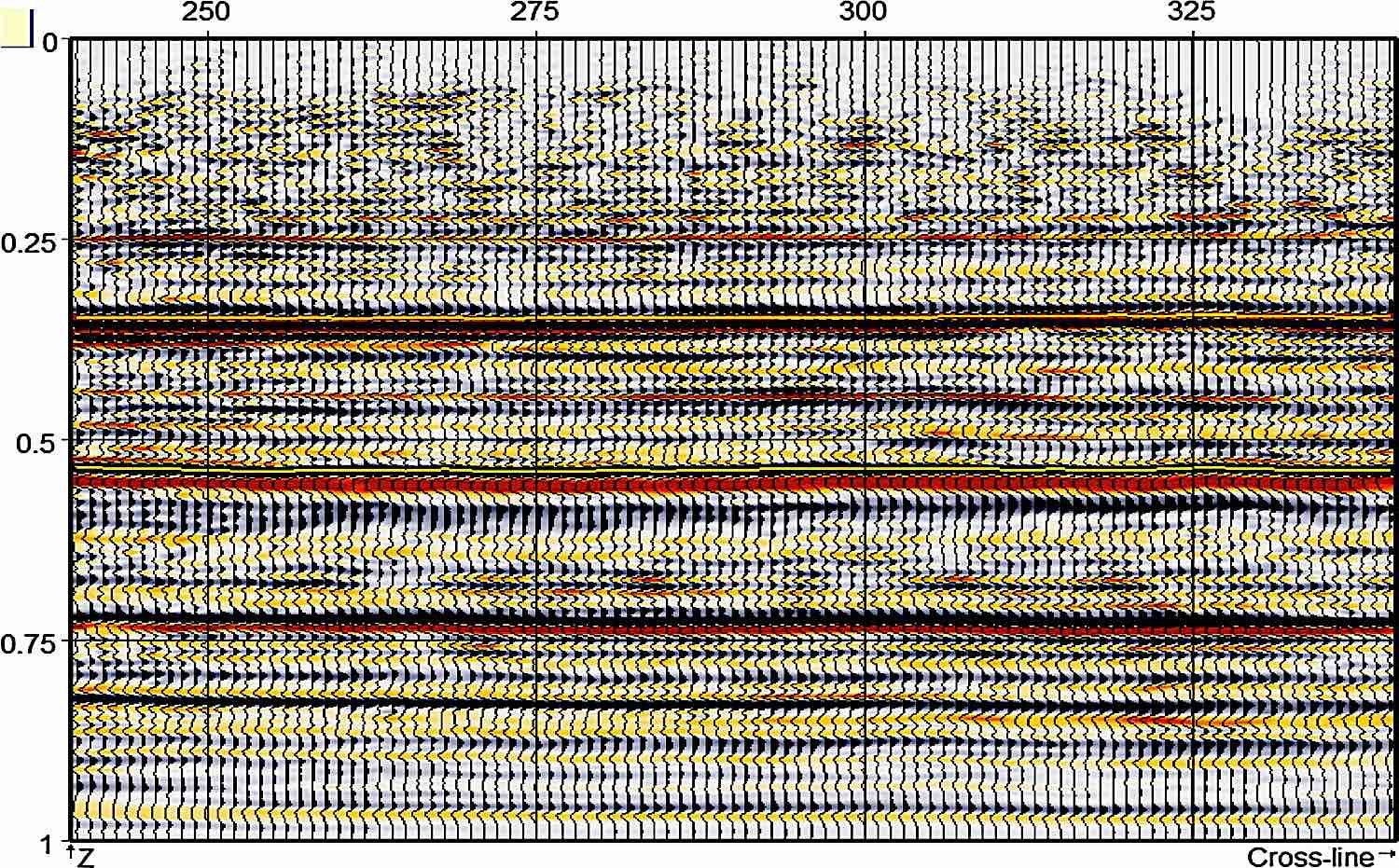
Moreover, seismic surveys are now a linchpin in enhancing offshore energy development’s safety and efficiency. The granular insights you can extract from these surveys allow for meticulously planned exploration and drilling activities – significantly lowering the chances of unanticipated setbacks (BuyExploration, 2020).
Indeed, these technological leaps are continually pushing the envelope. As a professional at the heart of oil and gas exploration, staying abreast of these advancements is instrumental to underpinning both your personal career growth and the industry’s broader ability to meet escalating global energy demand in a sustainable, responsible manner.
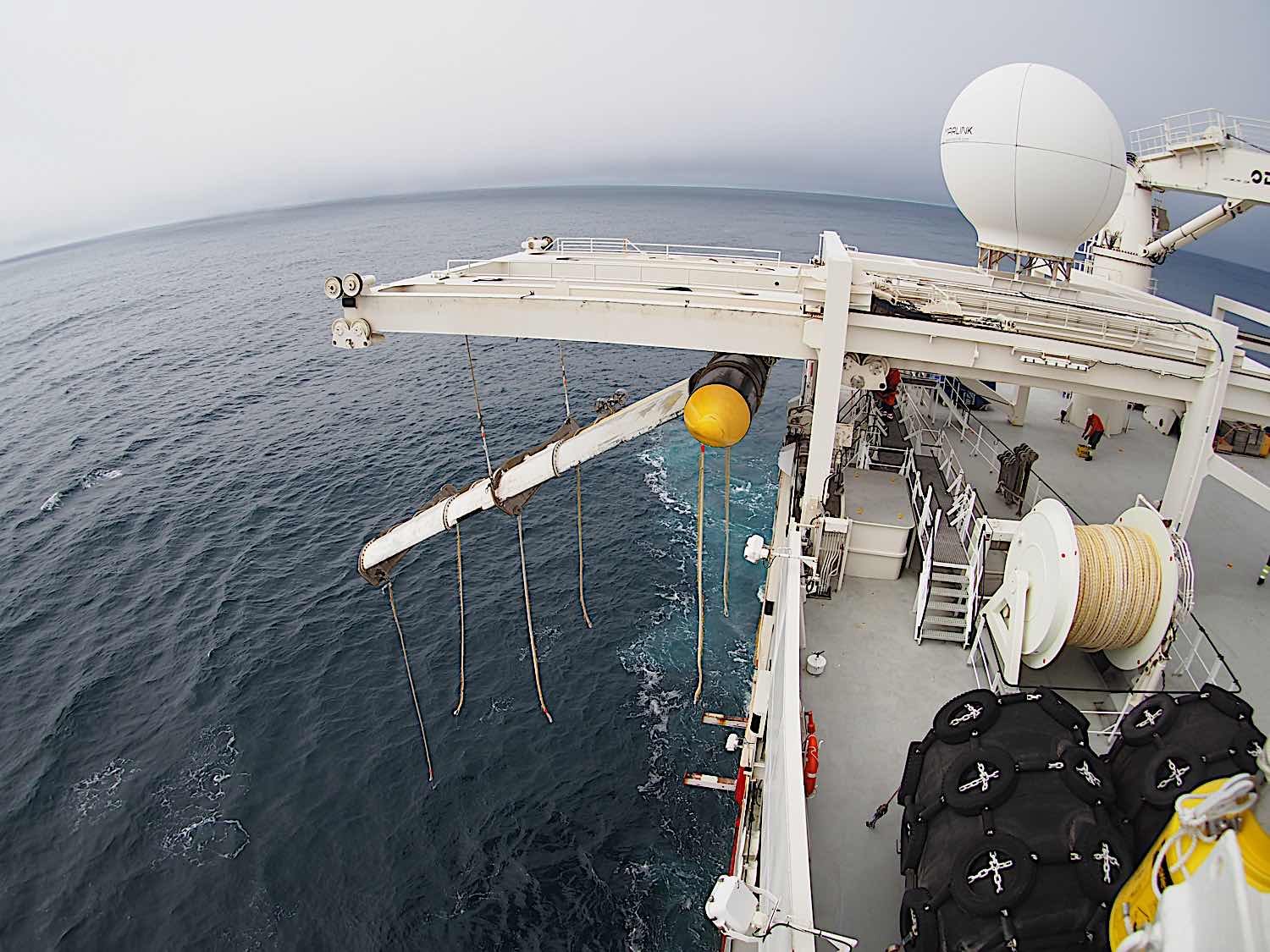
Case Studies: Successful Oil and Gas Exploration Thanks to Seismic Technology
To illustrate the incredible impact seismic technology is having on successful oil and gas explorations, consider these case studies show how transformative these advancements have been.
North Sea
North Sea region, a hub for oil and gas operations, seismic technology is significantly improving the rate of successful wildcat wells. Thanks to advanced seismic imaging methods, engineers are now able to make informed decisions about deposits in geologic structures far below the ocean’s floor. The enhanced imaging contributes to a higher success rate in drilling, simultaneously reducing the environmental risks associated with dry wells. This has been pivotal in ensuring the viability of future oil and gas explorations in the area. [1]
Gulf of Mexico
In the Gulf of Mexico, seismic surveys have dramatically reshaped the landscape of offshore energy development. The use of seismic data in the Gulf has increased drilling accuracy, making the entire process more safe and efficient. Geoscientists in particular have praised the progress in digital recording technology for seismic data as a game-changer, encouraging the wider industry to follow suit. [2]
Norwegian Continental Shelf
The development of 4D seismic technology in the Norwegian Continental Shelf has brought unprecedented precision to oil and gas reservoir tracking over time. As a designer, the implementation of this technology bridges the gap between the static, 3D reservoir models and the dynamic production data. This empowers teams to accurately predict changes in reservoirs over time. Aided by the improved data quality from 4D seismic, engineers can now optimize their drilling plans and extraction strategies, thereby minimizing waste and maximizing profit. [3]
These case studies illustrate just how seismic technology is shaping the future of oil and gas exploration. From unlocking new oil and gas fields to enhancing the safety and efficiency of operations, seismic advancements are truly making waves in the industry.
Sources
- Oil & Gas Journal, ‘Seismic technology drives drilling success in the North Sea’
- The New York Times, ‘How seismic technology is making offshore drilling safer in the Gulf of Mexico’
- Journal of Petroleum Technology, ‘Utilizing 4D Seismic Technology in the Norwegian Continental Shelf’

